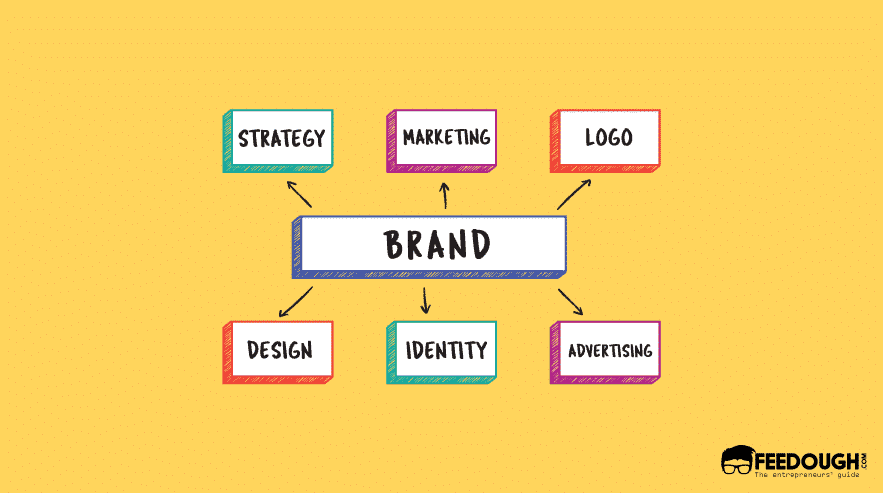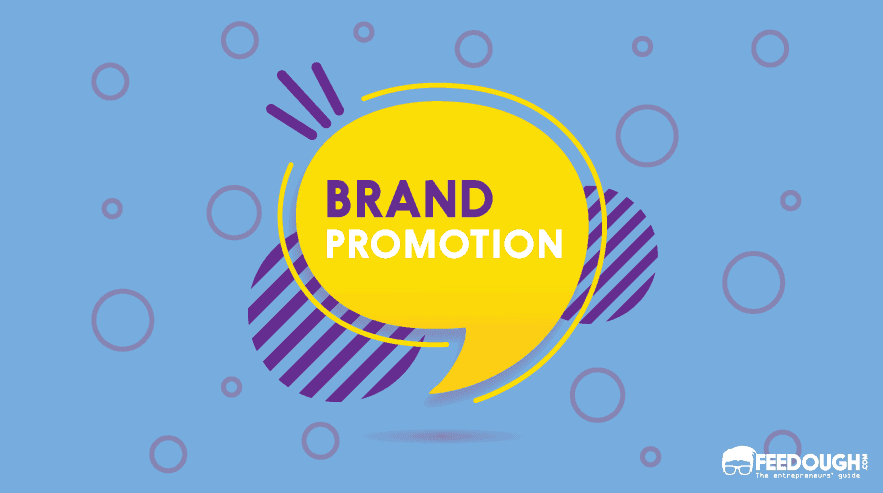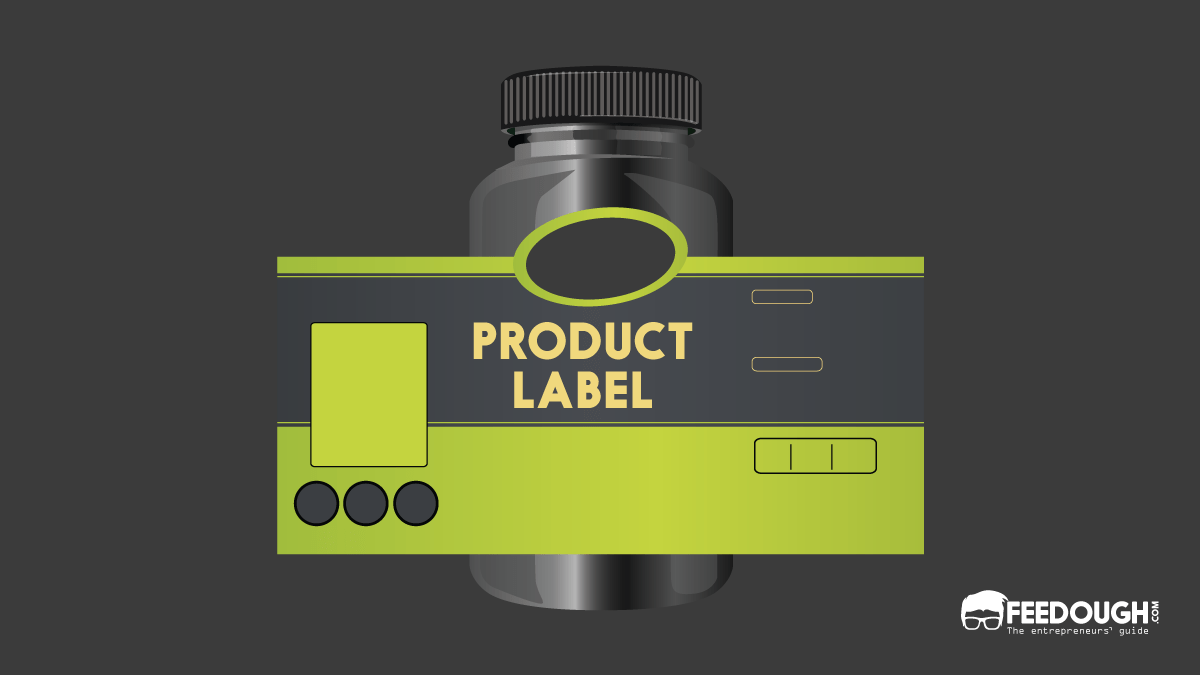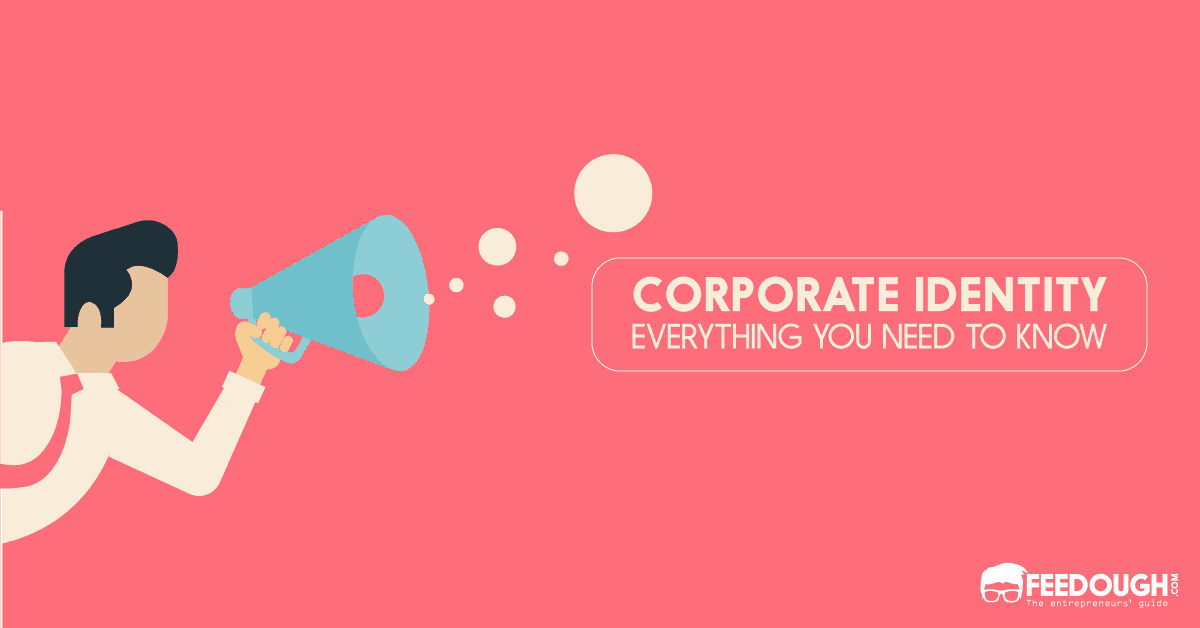You must have heard or read many, praised some and even mocked some too. But what exactly is a tagline? Is it important for a brand to have one? If yes, what makes a good tagline?
Here’s a guide answering all questions concerning taglines, their importance, types, and how you can develop one.
But first, here’s a definition of a tagline for those who are new to this concept.
What Is A Tagline?
A tagline is a short, memorable description that succinctly and clearly communicates the brand message.
This short description acts as the brand’s catchphrase and builds brand personality, which, in turn, helps set the brand’s positioning in the market.
Why Is Tagline Important?
There’s no denying that taglines are a very important part of a brand; such important that some brands are even recognised by their taglines and their positioning in the market is influenced by their tagline.
The tagline is a powerful communication message which becomes a public earworm and gets stuck in their brain. It is crafted to have a long-lasting effect in just one encounter. It communicates the brand personality to the consumer in easy words and, if crafted correctly, communicates the overall benefit of what is offered to them.
Mcdonald’s brand positioning would have been totally different if its tagline were ‘It’s Tasty AF’ rather than ‘I’m Lovin’ it’.
Characteristics Of A Good Tagline
A good tagline is:
- Simple: It can be understood in one reading and is not open to interpretation. For example, Nike’s ‘Just Do It’ is a great tagline because it is short, sweet, and to the point.
- Memorable: It is easy to remember and recall. This is important because you want your tagline to be the first thing that comes to mind when someone thinks of your brand. KFC’s tagline ‘Finger Lickin’ Good’ is a great example of a memorable tagline.
- Precise: It communicates a single, clear message. A complex or confusing message will not resonate with your audience. For example, L’Oreal’s ‘Because You’re Worth It’ is a great tagline which is straightforward, easy to understand and resonates with their target audience.
- Creative: It is original and stands out from the competition. For example, Apple’s ‘Think Different’ is a great tagline that is unique and challenges the status quo.
- Informative: It tells the consumer what the brand offers. That is, it is a promise of what the consumer can expect from the product or service. Levi’s ‘Quality Never Goes Out Of Style’ is a great informative tagline that tells the consumer that they can expect quality products from the brand.
- Customer-oriented: It is focused on the customer, not the company. Redbull’s ‘Gives You Wings’ is a great customer-oriented tagline that is all about how the product makes the consumer feel, not what the product actually is.
- Emotional: It evokes an emotional response from the consumer. Toyota’s ‘Let’s go places’ is a great emotional tagline that speaks to the consumer’s sense of adventure and desire to explore.
- Consistent: It is used consistently across all marketing materials. This helps to create a strong and recognizable brand identity. Consistency is also what separates a tagline from a slogan.
Tagline vs Slogan
A tagline is different from a slogan. Unlike slogans, taglines don’t usually change. For example, Disneyland’s tagline is – The happiest place on Earth. But the company has used different slogans for its marketing campaigns:
“Where dreams come true”
“Where the magic began”
“Happiest Homecoming on Earth”
“I’m going to Disneyland.”
Types Of Taglines
Different companies have different marketing objectives and want to position themselves differently. Some want to communicate an emotional message, while others want to capitalise on facts. Some want to be direct, while some want to remain mysterious. All their needs require them to create different taglines. These taglines, however, can be divided into 7 types. These are:
Imperative Taglines
Imperative taglines usually begin with a verb and command the customers to perform a particular action relevant to the brand vision, mission, or personality. These taglines are usually used by brands which want to sound more bold, edgy, and impactful, and hence are usually used by brands which want to be a part of the target audience’s schedule.
Examples of Imperative taglines are:
- Nike – Just Do It.
- Youtube – Broadcast Yourself.
- Coca-Cola – Open Happiness.
Descriptive Taglines
As the name suggests, descriptive taglines are the most straightforward taglines which describe the brand offering, the benefits, and/or brand promise in simple words.
A perfect example of a descriptive tagline is Walmart’s tagline – Save money. Live better. Another good example of a descriptive tagline is KFC’S It’s finger-lickin’ good.
Provocative Taglines
Provocative Taglines are thought-provoking and stimulating. They are crafted to stir up emotions and make you stop and think.
Examples of provocative taglines are:
- Adidas – Impossible is nothing.
- Under Armour – I will.
- Dove – You are more beautiful than you think.
Superlative Taglines
Superlatives are the highest degree of comparison. ‘The best in class’, ‘Excellence is our blood’, etc. are some examples of taglines which use superlatives to position itself as the best in industry.
Examples of superlative taglines are:
- Budweiser – The king of beers
- BMW – The ultimate driving machine.
Interrogative Taglines
Some brands use questions to direct you to perform an action, think in a specific manner, or communicate any other message.
The California Milk Processor Board’s Got Milk? is a good example of an interrogative tagline.
Specific Taglines
These taglines use words cleverly to reveal the brand’s product or business category and make it memorable.
Volkswagen’s Drivers wanted. explains this category of taglines fully. Another example of specific taglines is Olay’s Love the skin you’re in.
Visionary Taglines
Visionary taglines communicate the brand vision to the target audience.
Examples of visionary taglines are:
- GE – Imagination at work.
- Avis – We try harder.
Does Your Small Business or Startup Need A Tagline?
No matter how good you feel the concept of taglines is, there must a time when you’ve asked yourself – Do I really need a tagline for my business?
The answer is – It depends.
It depends on your brand name and the industry you’re dealing in.
You might need a tagline if your brand name doesn’t tell the target audience what you do. For instance, Feedough could be anything from a cooking blog to a consultancy company, but we wanted to be known as a website which caters to entrepreneurs and startup enthusiasts; hence the tagline – The Entrepreneurs’ guide.
You might also need a tagline when there are too many players in the industry you are operating in and you need to separate yourself from others.
How To Write A Tagline?
You don’t need to be the best copywriter to write the tagline of your business. ‘Save Money. Live better.’ doesn’t have fancy words, but it still does the job of explaining what Walmart is known for.
Just follow these simple steps and you’re good to go.
- Write down in one or two sentences what you do and what benefit do your customers get when they use your product/service.
- Trim the sentence to form meaningful 3-5 word phrases/sentences.
- Choose the sentence/phrase you deem fit.
Use these strategies to help you with the process
KISS
Taglines are useless if your target audience fails to understand what you wanted to communicate. Hence, we suggest you follow the ‘Keep It Simple, Silly’ approach.
Don’t overcomplicate the process. Don’t go for complex words as they are less memorable. Try to communicate the benefit using less words and simple words.
Showcase The Benefits
Don’t tell them what you have to offer. Tell them what they’ll receive.
Showcasing the benefits attracts the target audience more than a self-bragging tagline.
For example:
‘The best coffee in town’ vs ‘Wake up to a refreshing cup of coffee’
The first one looks like a claim while the second one looks like a benefit.
Use Emotional Words
Adding some emotional words will help you connect with the audience on a personal level.
Think about what kind of feeling you want to evoke in your target audience.
For example, instead of using “we invest your funds better” you can say “we grow your wealth better”. This small change will make a big difference.
Use First Person Pronouns
Using “you” and “your” throughout the tagline makes it sound more personal. It tells the reader that you’re talking directly to them.
You can also use first-person pronouns such as “I”, “me”, and “we”.
Make It Short And Sweet
A good tagline should be short, sweet, and to the point.
You want to make sure that your message is clear and concise. The last thing you want is for your tagline to be confusing or too long-winded.
Use Active Voice
When writing your tagline, make sure to use an active voice. This means that the subject of the sentence is doing the verb.
For example, “your wealth is grown better by us” doesn’t evoke the same response as “we grow your wealth better”.
The former sounds like it’s all about the company, while the latter sounds like it’s about the customer.
Go On, Tell Us What You Think!
Did we miss something? Come on! Tell us what you think about our article in the comments section.
A startup consultant, digital marketer, traveller, and philomath. Aashish has worked with over 20 startups and successfully helped them ideate, raise money, and succeed. When not working, he can be found hiking, camping, and stargazing.
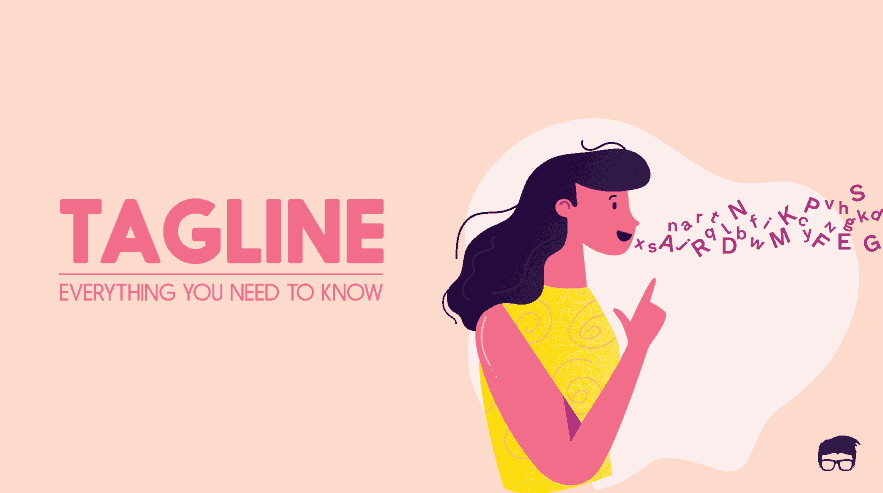
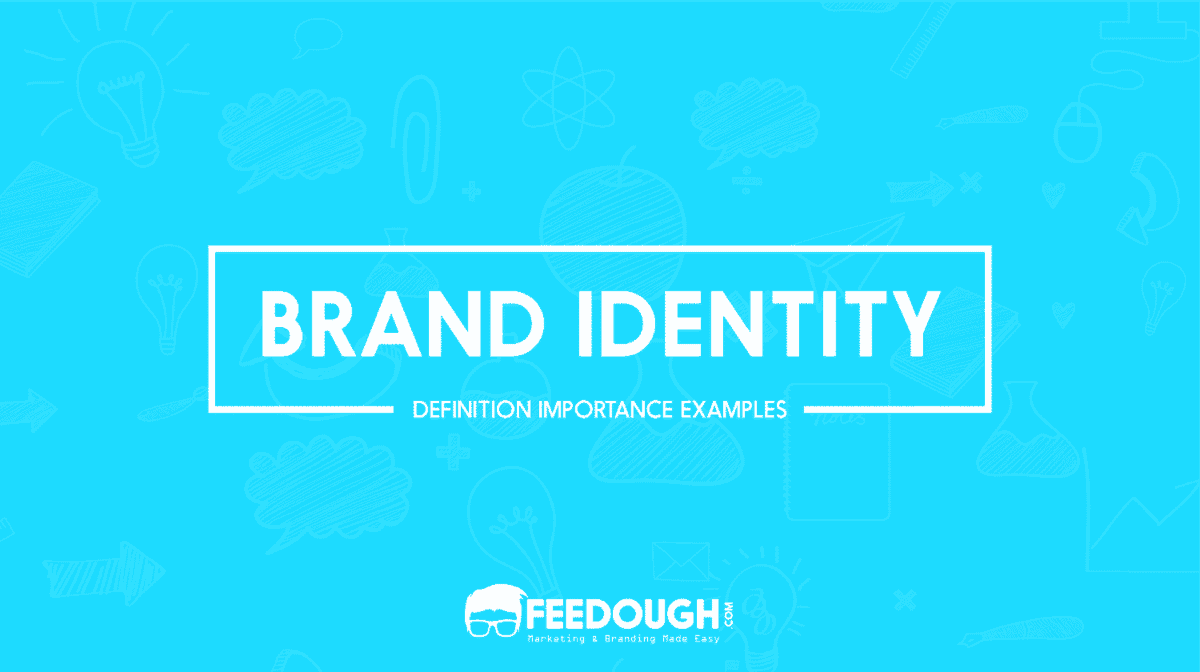
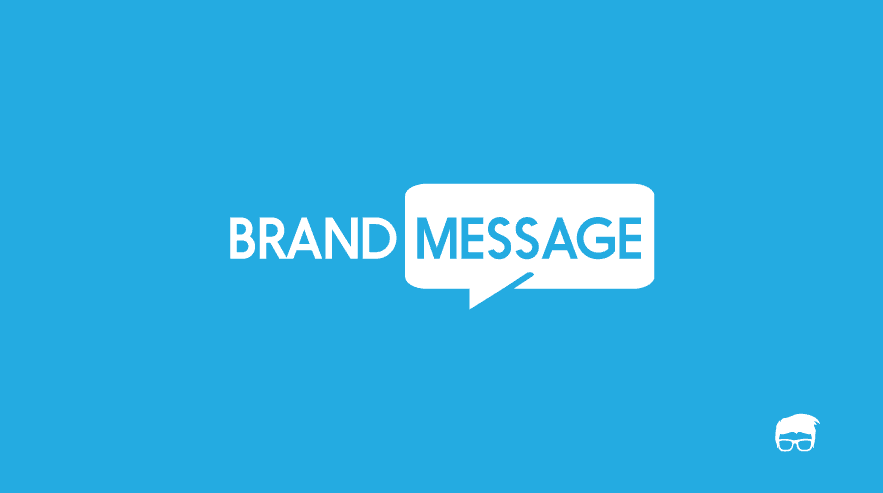
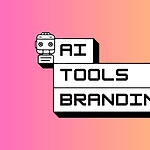
![AI Tagline Generator [Unlimited & No Login] Tagline Generator](https://www.feedough.com/wp-content/uploads/2025/06/Tagline-Generator-150x150.png)
